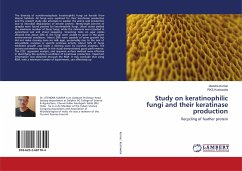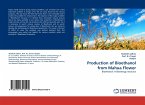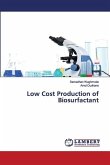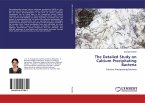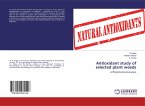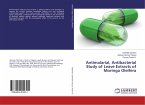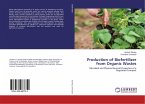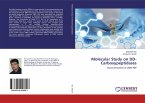The diversity of nondermatophytic keratinophilic fungi on keratin from diverse habitats. All fungi were explored for their keratinase production and the present study also attempts to explain the amino acid production due to microbial degradation of keratin protein. Ninety-eight percent of samples were found positive for keratinophilic fungi. Urban waste yielded the maximum number of these fungi, while the minimum was recorded in agricultural soil and street sweeping. Screening tests on agar plates showed that about 20% of the fungi were unable to grow in the given environmental conditions. About 28% were capable of some growth but did not make clearing zone on milk agar, presumably due to the lack of extracellular enzymes or specific protease activity. About 52% of fungi exhibited growth and made a clearing zone by excreted enzymes. The process parameters applied in this study demonstrated good performance. The CCD, regression analysis, and response surface method were effective in identifying the optimum condition of keratinase production. Important information was obtained through the RSM. It may conclude that using RSM, with a minimum number of experiments, can effectively op
Hinweis: Dieser Artikel kann nur an eine deutsche Lieferadresse ausgeliefert werden.
Hinweis: Dieser Artikel kann nur an eine deutsche Lieferadresse ausgeliefert werden.

